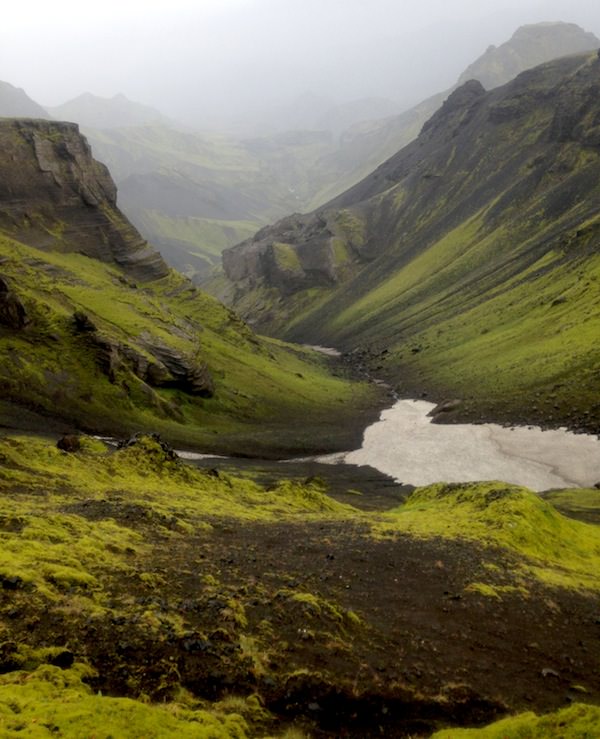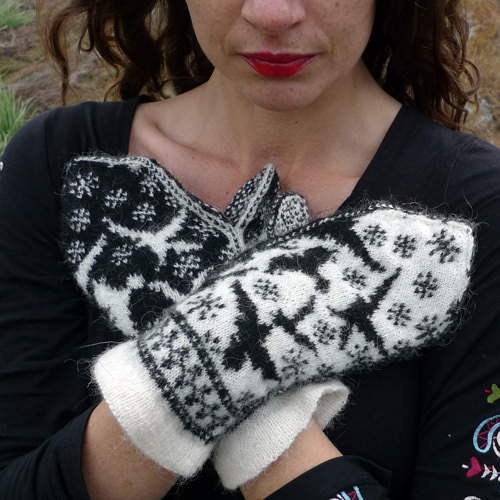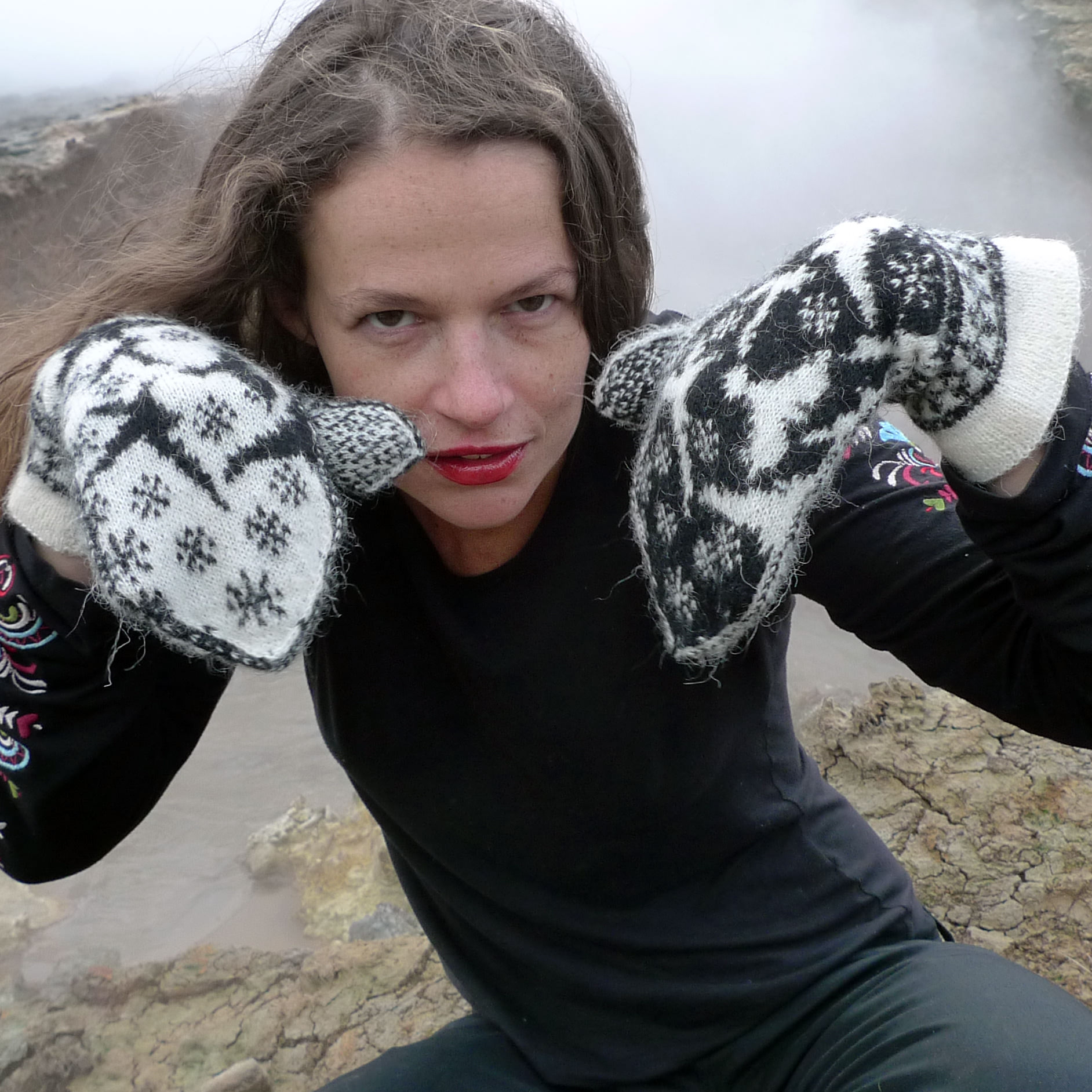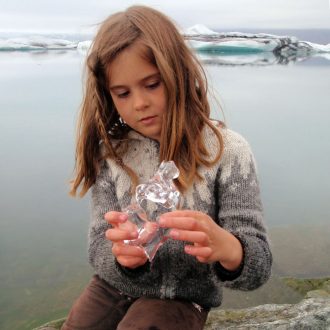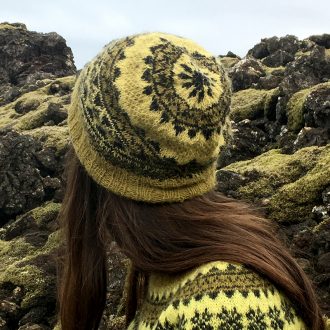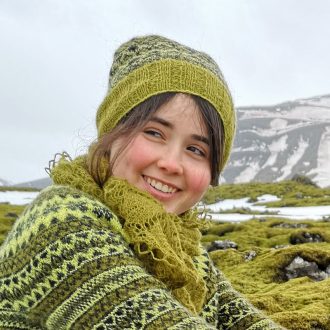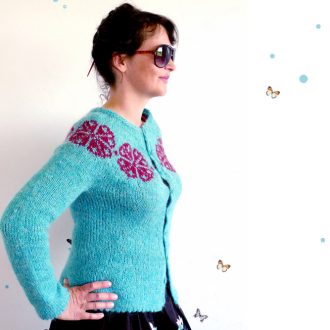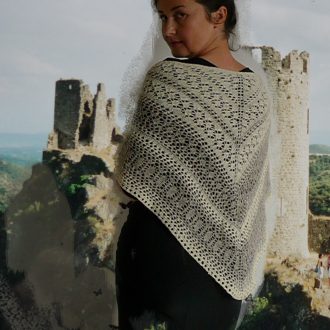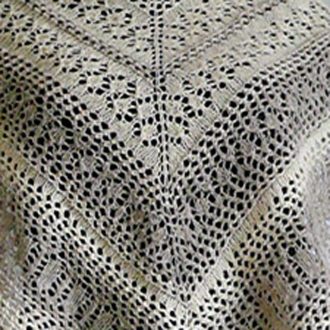Ravens in snow
From € 6,26
Ravens, with their simple beauty and impressive intellect, are an especially rich source of Norse mythology and played an important role in the settlement of Iceland. They inspired Stephannie Tallent a traditional yet modern pair of Nordic style mittens, very popular in Iceland.
Yarn suggested: Gilitrutt Tvíband
Pattern PDF Download
Orders ship from France (VAT from your country, no Customs fees in Europe) / Commandes expédiées depuis la France (TVA de votre pays, pas de frais de douane en Europe)
Ravens, with their simple beauty and impressive intellect, are an especially rich source of Norse mythology and played an important role in the settlement of Iceland. Ravens can be found in Icelandic folk songs, in modern art, furniture design in Iceland, Hrafn is a popular name for men and Krummi is a cheerful nickname for both ravens and little boys. Ravens are here drawn on a particular type of mittens originated from Selbu. This type of mittens spread all over the world and were very popular in Iceland as can be seen in the Museums through out the country. Stephannie’s interpretation is both traditional and modern with a delightful Icelandic twist.
Corvids are Stephannies’ favorite family of birds and here is what she tells us about them:
“The members of Corvidae, the family that includes ravens as well as crows, jays, rooks, magpies, jackdaws and other birds, are known for their intelligence and versatility. Some of them, such as certain species of jays (the Green Jay and the various species of Blue Jays come to mind) can be quite colorful. The majority of corvids are engaging, noisy, social creatures. It’s the raven, and its smaller relative, the crow, that appear in various legends and myths from throughout the world, as well as mentions in contemporary culture and literature.
It seems ravens are either venerated or despised. Is Raven the god who brought light to the world, or the scraggly doomsayer croaking “Nevermore”? Are ravens the eyes of Odin, or the carrion eaters picking out the eyes of the dead? Certainly their inky black plumage, harsh cries, and habit of eating carrion didn’t endear them to everyone. Yet their qualities – intelligence, gregariousness, sense of humor, and resilience – has appealed through the ages. Huginn and Muninn, Thought and Memory, were the ravens Odin used to keep apprised of current events, and were indispensable to his rule. Inherent in this are the assumed abilities of ravens: intelligence (they could observe, decide what was important, and relay that to Odin) and skilled flight (traversing the known world daily). Odin is also known as the Raven God. Though ravens, being eaters of carrion (and thus slain warriors), were associated with battlefields and death, this wasn’t a negative within Norse culture – it simply was part of life and death. They were also closely associated with Valkyries. Ravens appear on various Norse battle standards and banners.
They also played an important role in the settlement of Iceland: Hrafna-Flóki, Flóki Vilgerðarson, sailed for Iceland in the 9th century. With him were three ravens, which he released as he sailed. He followed the third raven’s flight path and arrived at Iceland. The first, apparently, flew back to the Faroe Islands; the second flew up, then back to the ship; the third flew ahead and didn’t return. He followed the third raven’s flight path and arrived at Iceland.”
Stephannie goes on about the ravens:
“Ravens are the largest of the Corvid family. They tend to prefer wilder habitats (unlike the crow, which thrives in an urban environment). They mate for life, which, for a raven in the wild, can be thirty years (longer if in captivity). They eat carrion, eggs, acorns, seeds, fledglings, fish, invertebrates – basically, whatever they can find and determine to be edible. This latter ability perhaps offers one reason why ravens have to be smart – they need to be able to learn & assess potential foods. It also explains why they need to be cautious – not everything that initially seems edible may actually be edible.
Corvus corax varius is the subspecies of raven that resides in Iceland. It has a relatively larger wingspan and a thicker bill than other ravens.
Rarely seen are white ravens. White ravens are leucistic, or having a reduction of all pigments, not just melanin (lack of melanin only causes albinism). Mike Yip shows some lovely photographs (scroll down) at his site here:
www.vancouverislandbirds.com/Journal254.html
The designer
Stephannie Tallent is working as a small animal relief veterinarian in Southern California, which is the reason why she was able to tell us so passionately about the ravens. She loves incorporating traditional knitting techniques in new ways, including those from the northern countries, with new designs. She also works as a tech-editor for Knit Circus magazine and her first pattern book, inspired by the California Revival Style, will be published this winter by Cooperative Press
More about Stephannie on Sunset Cat Designs: www.sunsetcat.com
Sizes: S (M, L)
Finished measurements
Cuff circumference: 7 (7.5, 8.5)” [18 (19, 21.5) cm]
Palm circumference 8.75 (9.5, 11.25)” [22 (24, 28.5) cm]
Cuff length: 2.75” [7 cm]
Body of mitt length: 7.5 (8, 9.5)” [19 (20.5, 24) cm]
Yarn: Einband by Istex, fingering weight, 225m/50g skein, 100% wool. 1 skein each #0851 (MC) and #0059 (CC).
Needles US 00/1.75 mm needles or size to obtain correct gauge. Second set of needles, same size or smaller.
Gauge: 40 sts and 48 rounds = 4”/ 10cm in stranded knitting
Notions: darning needle, 3 stitchmarkers, waste yarn or extra circular needle for provisional cast on and to hold thumb stitches
Techniques: provisional cast on, knitting in the round, stranded knitting, reading charts
Pattern: once you’ve made your payment, you will receive an email with instructions on how to download the pattern. It comes as a PDF file. We don’t send pattern by snail mail.
Errata: no mistake was found in this pattern.
| Language | in English, in French, in Icelandic |
|---|

